The Tide and Tipping Point of Public Opinion (And how YOU can change the world)
At some point in 2020, have you ever wondered ‘how we got here’? Obviously, the CV king tide washed in but here I’m talking about the social, cultural, economic oil-slick that came with it.
The social changes we now swim in are constant. This year, the current has been fierce and sadly, too strong for many. Some who drowned were competent swimmers but were caught unprepared. Many in Australia needed lifejackets. Most telling is the number of people who couldn’t swim. Most of us headed for higher ground and are waiting for the tide to recede. Some built boats and sold them to others: they’ve done quite well.
Social change, civil unrest, inequality, injustice and climate change were in-your-face apparent before this year ever happened. Think revolution, demonstrations and protests in Hong Kong, France and the United States and across the world.
But I’ve been intrigued by the flow of public opinion this year. How easy has it been for people to take up a cause, when the cause hasn’t been based on fact. I’m intrigued about how the thoughts of many have been controlled by the machinations of the few. Rather than a narrative based on research and fact, we have been drowning in a sea of fear and vested opinions and directives.
I read a study last week that may shed some light on how this happens and ironically, how the same methods may get us moving again. The question that the paper asked was, ‘what percentage of a population does a minority have to reach the reverse or sway the majority viewpoint?’ The tipping point, they ascertained, is only 25%. At that percentage and above, the contrarians (I love that word) converted 72 to 100 percent of their target groups and before the minority started their intervention, the group/s were in 100% in accordance with their initial stance.
They found a 24% or less minority changed nothing (actually, the maximum change in opinion was 6% at minorities of this size).
Based on computer modelling, they predicted minorities of 25% or more would have an effect of a population up to or at least, 100,000 people.
What tips the scale?
Part of the problem in trying to change opinion is that, on a larger scale, you may never actually realise when you have a 25% committed minority, and many apparently give up without knowing they may be a few percent away from achieving the goal.
They were unwavering. They wholeheartedly expressed new habits or suggestions and constantly exposed others to it until they started to replicate the actions.
It helps to have a lack of competing minorities which dilutes opinion. This, it’s said, may be part of the problem today, where rather than two or three opinions (or groups), we have multiple competing interests as part of the modern trends towards individualistic viewpoints.
It helps to have regular contact with other members of the minority. This is important even when there is a critical mass.
Whether you’re in a business or part of a social change in the larger community, people spend time trying to align with other people and demonstrate etiquette that shows you’re part of the gang. This has the capacity to lift a business up, or bring one down. All you need is a strong minority. Alternatively, the minority can be non-caring as long as they are steadfast in their apathy.
The study also mentions the online environment, particularly because it’s possible to have a significant number of exchanges, including those you’d not normally meet or influence.
Finally, consider this: can a robot represent a member of a committed minority? Can robots actually drive the change to influence real people? According to the study, ‘In a space where people can’t distinguish people from bots, yes. If you get a concerted, focused effort by a group of agents acting as a minority view, they can be really effective.’
The real point of this article is in support those of us who have been feeling overwhelmed and without a voice in recent times. Part of my purpose in starting the Wellness Wall was to respond to the sentiment I hear and feel within the clinic. For most of us, our purpose isn’t to change the world by ourselves. But I think it is part of our purpose to do everything that we can do to aid a healthy collective consciousness. Know that we have a voice and together, perhaps we form a strong and healthy minority?
Be well.


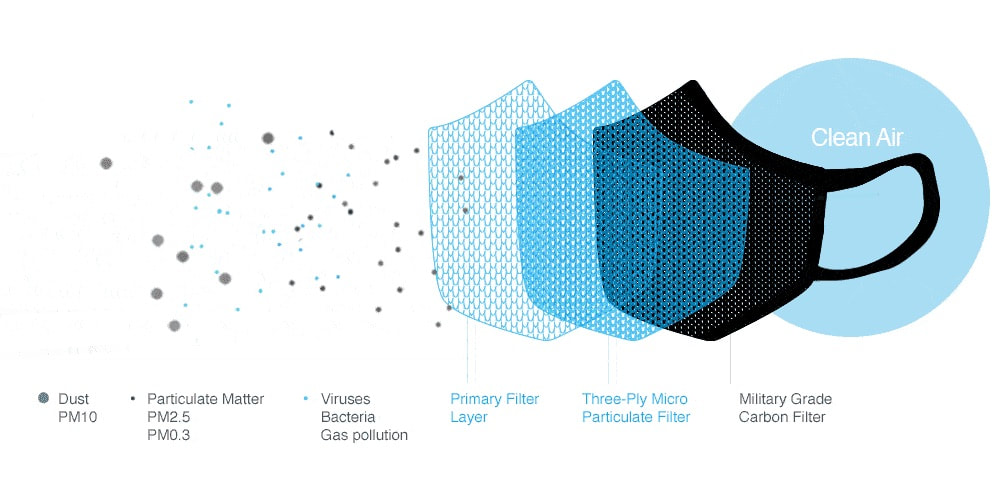
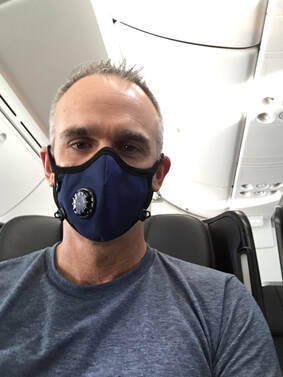
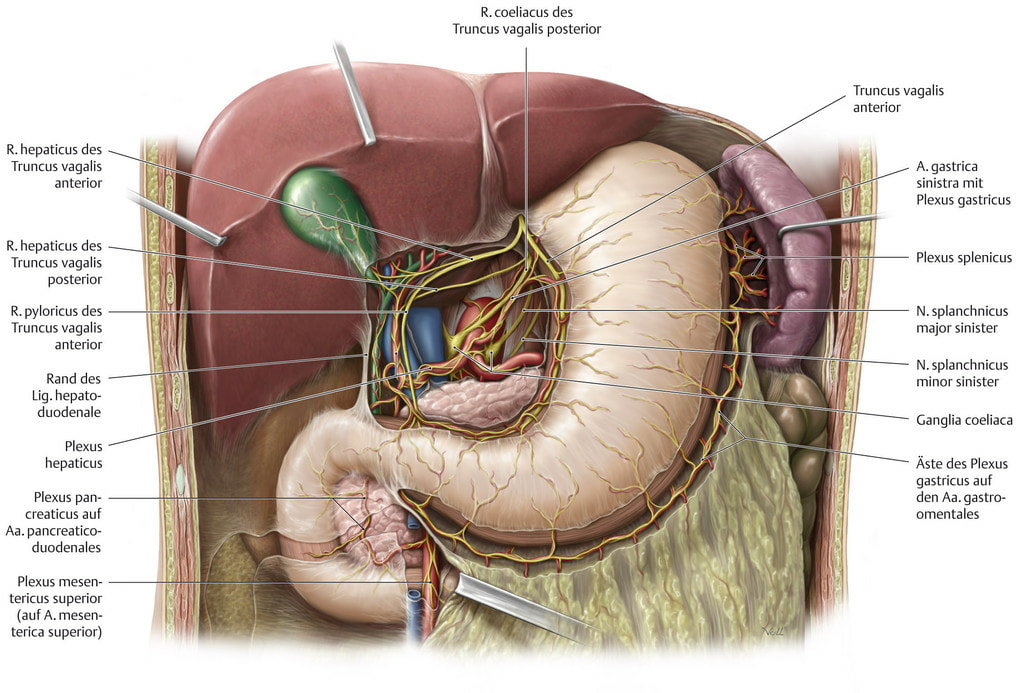
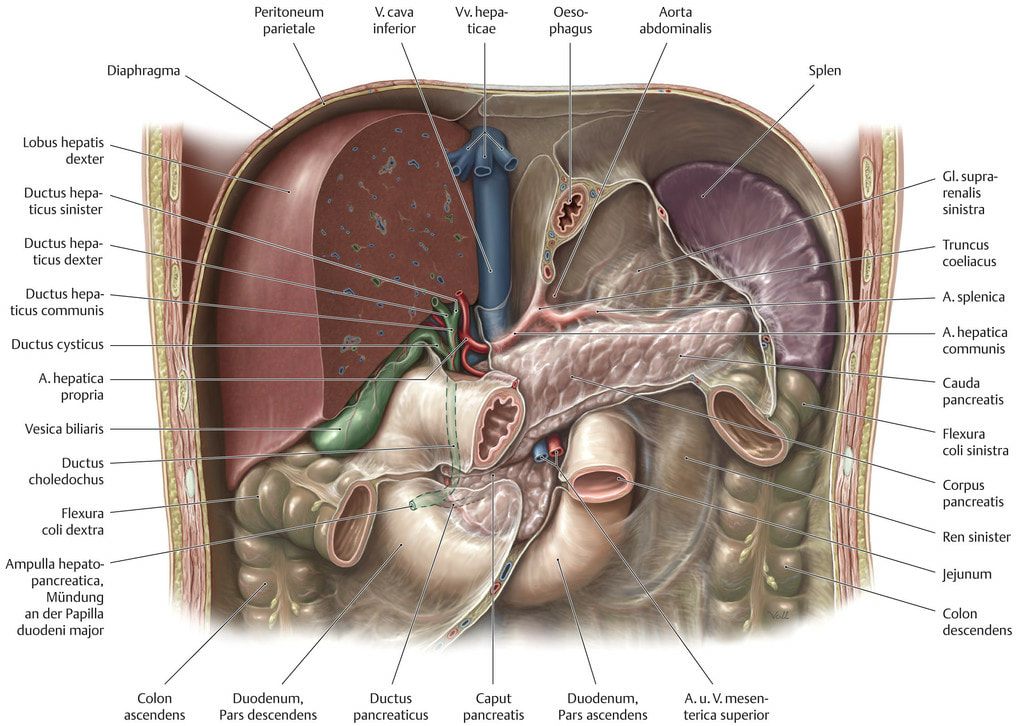
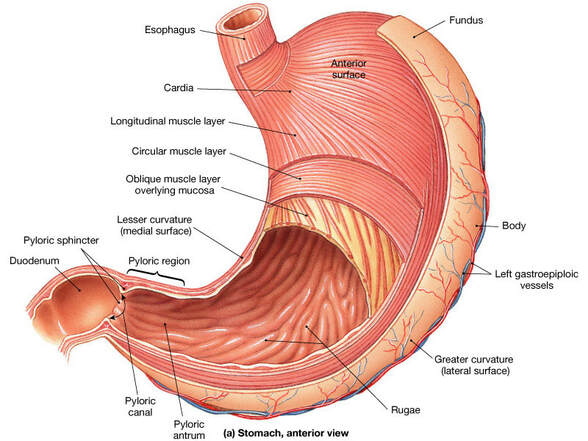
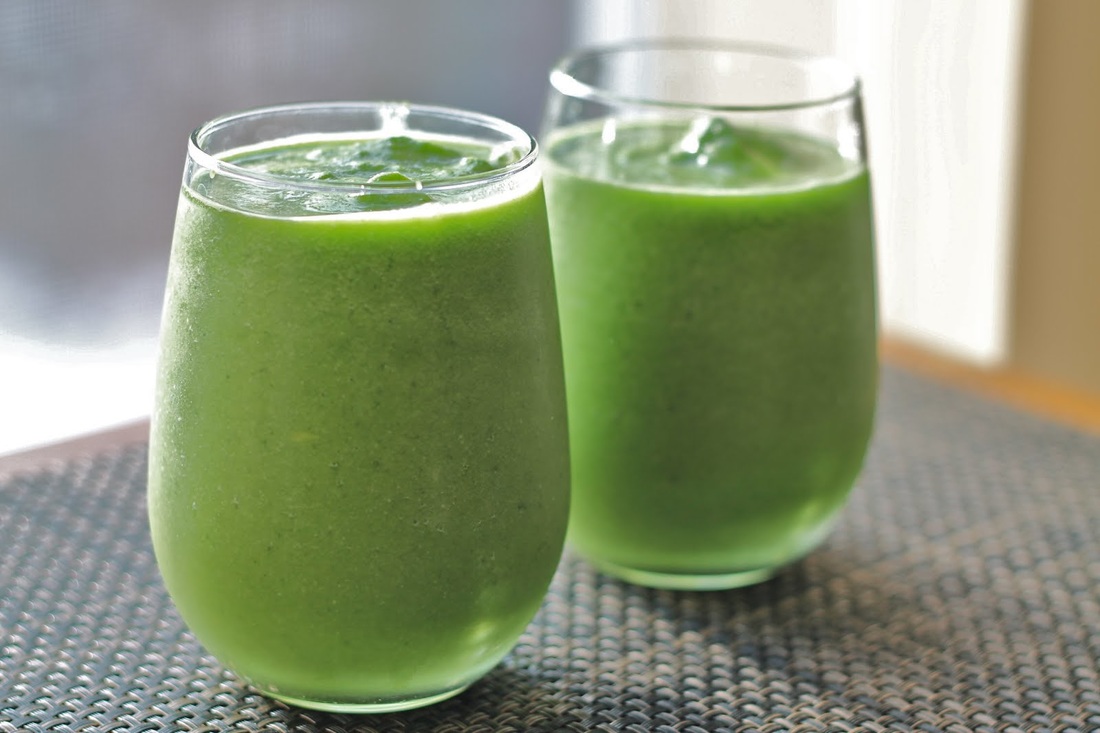
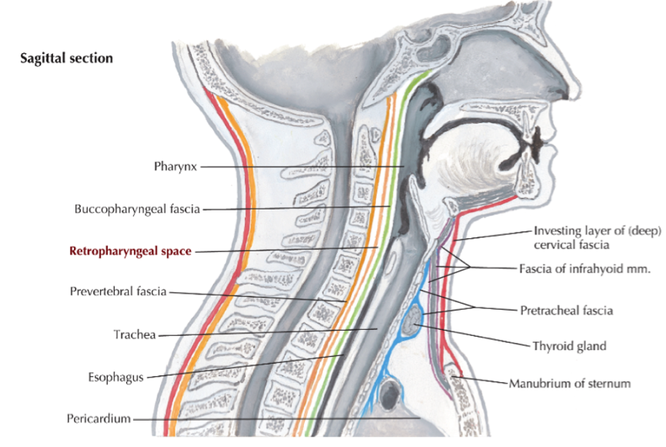
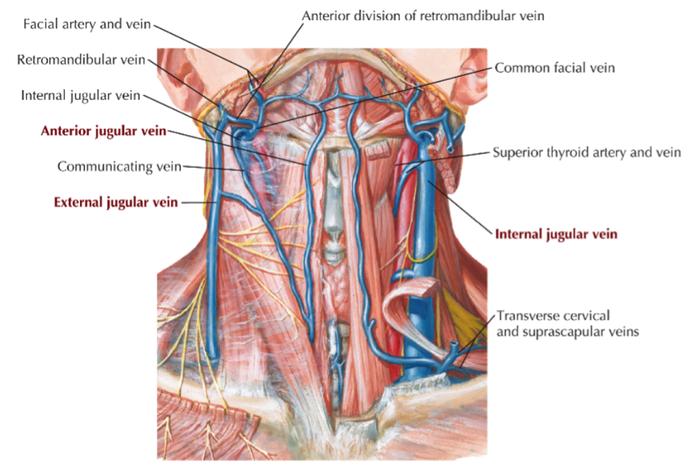
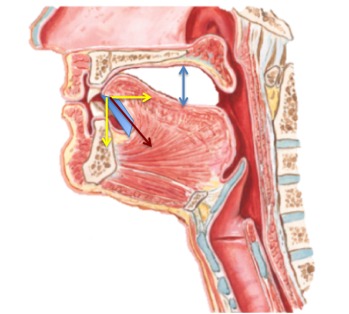
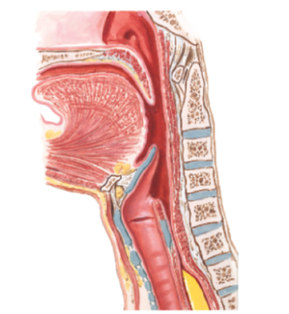

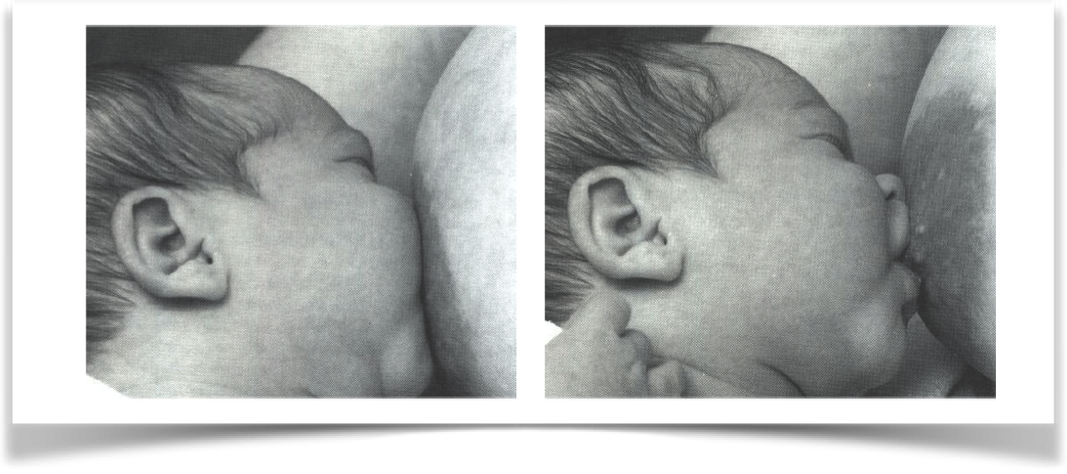
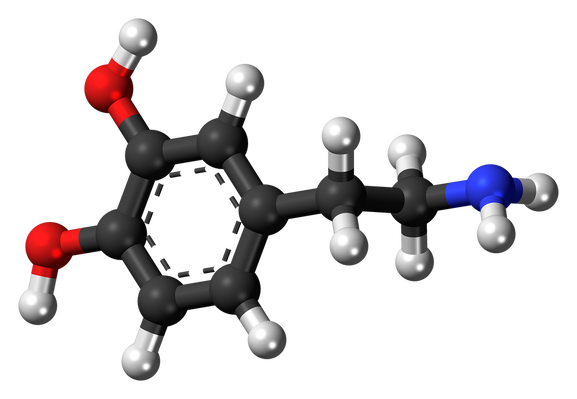

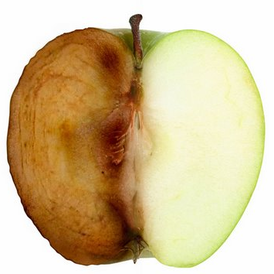
 RSS Feed
RSS Feed